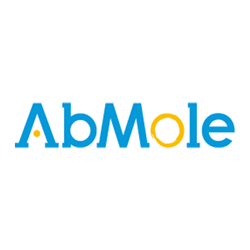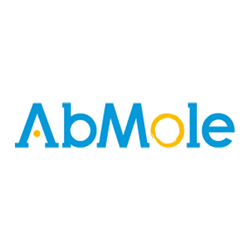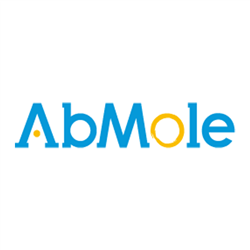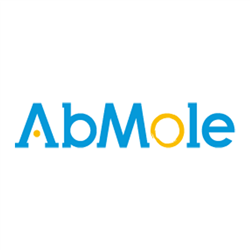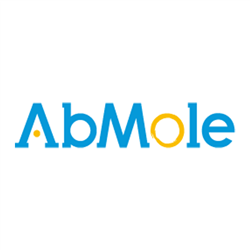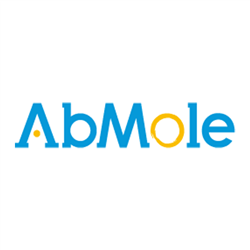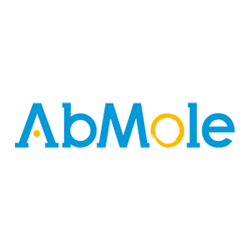Protein
- Instrumentos
- Agitadores / Agit. Incubadores
- Orbitales
- Con Incubación
- Incubadores Gran Capacidad
- Lineales, Balanceo y 3D
- Incubadores Microplacas
- Para colocar en estufa
- Magnéticos
- Mezcladores /Roller /Rotatorios
- Agitadores de Paletas
- Jeio Tech Accesorios para Agitadores
- Benchmark Accesorios para Agitadores
- N-Biotek Accesorios para Agitadores
- Biosan Accesorios para Agitadores
- Labnet Int. Accesorios para Agitadores
- Vórtex
- Analisis Imagen, animales, plantas, geles
- Balanzas
- Baños Termostáticos
- Cabinas Flujo / Extraccion gases / PCR
- Centrifugas
- Detectores de Radioactividad
- Electroforesis
- Electroquímica
- Equipos Microplacas
- Espectrofotometros
- Experimentacion Animal
- Hornos de Hibridacion
- Homogeneizadores
- Estufas / Equipos calor, frio
- Luminómetros de Tubos
- Microbiologia
- Pipetas / Dispensadores
- Pipetas Labnet Int. Monocanales Automaticos
- Pipetas HTL Monocanales Automáticas
- Pipeta Accumax Mono y Multicanales
- Pipetas Labnet Int. Multicanales
- Pipetas HTL Multicanales
- Pipetas Volumen Fijo
- Pipetas Electrónicas
- Dispensadores
- Dispensadores de Botella
- Pipetas Biosan Monocanales
- Pipetas Biosan Multicanales
- PCR / Tiempo Real (qPCR)l / Cicladores
- QPCR, Sistemas automaticos
- Sonicadores / Ultrasonidos
- Ultracongeladores
- Bombas Jeringa / Vacio / Osmoticas
- Ultracentrífugas
- Micro Array label free
- Contadores de Células
- Contenedores Criogenicos
- Producción agua ultrapura
- Electrospinning
- Agitadores / Agit. Incubadores
- Reactivos
- Consumibles
- Catálogos PDF
Protein Hay 17559 productos.
Recombinant Human RBP4 (HEK293, C-His)
Human-retinol binding protein is a single-chain polypeptide with a molecular weight of approximately 21000 and one binding site for retinol and other forms of vitamin A. In plasma, RBP4-retinol forms a complex with transthyretin (TTR), also known as thyroxine-binding protein and prealbumin. Defects in RBP4 cause retinol-binding protein deficiency, which...
Recombinant Human RBP4 (HEK293, C-His)
Human-retinol binding protein is a single-chain polypeptide with a molecular weight of approximately 21000 and one binding site for retinol and other forms of vitamin A. In plasma, RBP4-retinol forms a complex with transthyretin (TTR), also known as thyroxine-binding protein and prealbumin. Defects in RBP4 cause retinol-binding protein deficiency, which...
Recombinant Human PF-4/CXCL4 Protein (HEK293)
Platelet factor 4 (PF-4/CXCL4) is expressed in megakaryocytes and stored in the α-granules of platelets. Recombinant human PF-4 can be proinflammatory and proatherogenic through multiple effects on monocytes, macrophages and endothelial cells.
Recombinant Human PF-4/CXCL4 Protein (HEK293)
Platelet factor 4 (PF-4/CXCL4) is expressed in megakaryocytes and stored in the α-granules of platelets. Recombinant human PF-4 can be proinflammatory and proatherogenic through multiple effects on monocytes, macrophages and endothelial cells.
Recombinant Human KIAA0101 Protein (E. coli, His)
KIAA11, also known as p15(PAF), is a proliferating cell nuclear antigen-associated factor that interacts with proliferating cell nuclear antigen(PCNA). KIAA11 is involved in cell proliferation and plays a role in early tumor recurrence (ETR), and prognosis of hepatocellular carcinoma (HCC).
Recombinant Human PCNA Protein (Baculovirus-Insect, His)
Proliferating Cell Nuclear Antigen (PCNA) is a protein only expressed in normal proliferate cells and cancer cells. PCNA tethers the polymerase catalytic unit to the DNA template for rapid and processive DNA synthesis. PCNA also participates in the processing of branched intermediates that arise during the lagging strand DNA synthesis.
Recombinant Human EGF Protein (E.coli)
Epidermal growth factor (EGF) is a small mitogenic protein that is thought to be involved in mechanisms such as normal cell growth, oncogenesis, and wound healing. EGF stimulates the growth of various epidermal and epithelial tissues in vivo and in vitro and of some fibroblasts in cell culture.
Recombinant Human EGF Protein (E.coli)
Epidermal growth factor (EGF) is a small mitogenic protein that is thought to be involved in mechanisms such as normal cell growth, oncogenesis, and wound healing. EGF stimulates the growth of various epidermal and epithelial tissues in vivo and in vitro and of some fibroblasts in cell culture.
Recombinant Human MFGE8 Protein (Baculovirus-Insect, His-AVI,...
MFG-E8 is expressed in mammary epithelial cell surfaces and aortic media. MFG-E8 has opsonization of the apoptotic cells and binding to integrins on the surface of phagocytic cells. It also mediates the engulfment of the dead cell.
Recombinant Mouse MFGE8 Protein (HEK293, C-6×His)
Mouse MFGE8 Protein contributes to phagocytic removal of apoptotic cells in many tissues. It plays an important role in the maintenance of intestinal epithelial homeostasis and the promotion of mucosal healing.
Recombinant Mouse MFGE8 Protein (HEK293, C-6×His)
Mouse MFGE8 Protein contributes to phagocytic removal of apoptotic cells in many tissues. It plays an important role in the maintenance of intestinal epithelial homeostasis and the promotion of mucosal healing.
Recombinant Human CTLA-4 Protein (Mammalian, C-6His)
Cytotoxic Tlymphocyte 4(CTLA-4,CD152), is a type I transmembrane T cell inhibitory molecule that is a member of the Ig superfamily. CTLA4 transmits an inhibitory signal to T cells, whereas CD28 transmits a stimulatory signal.



